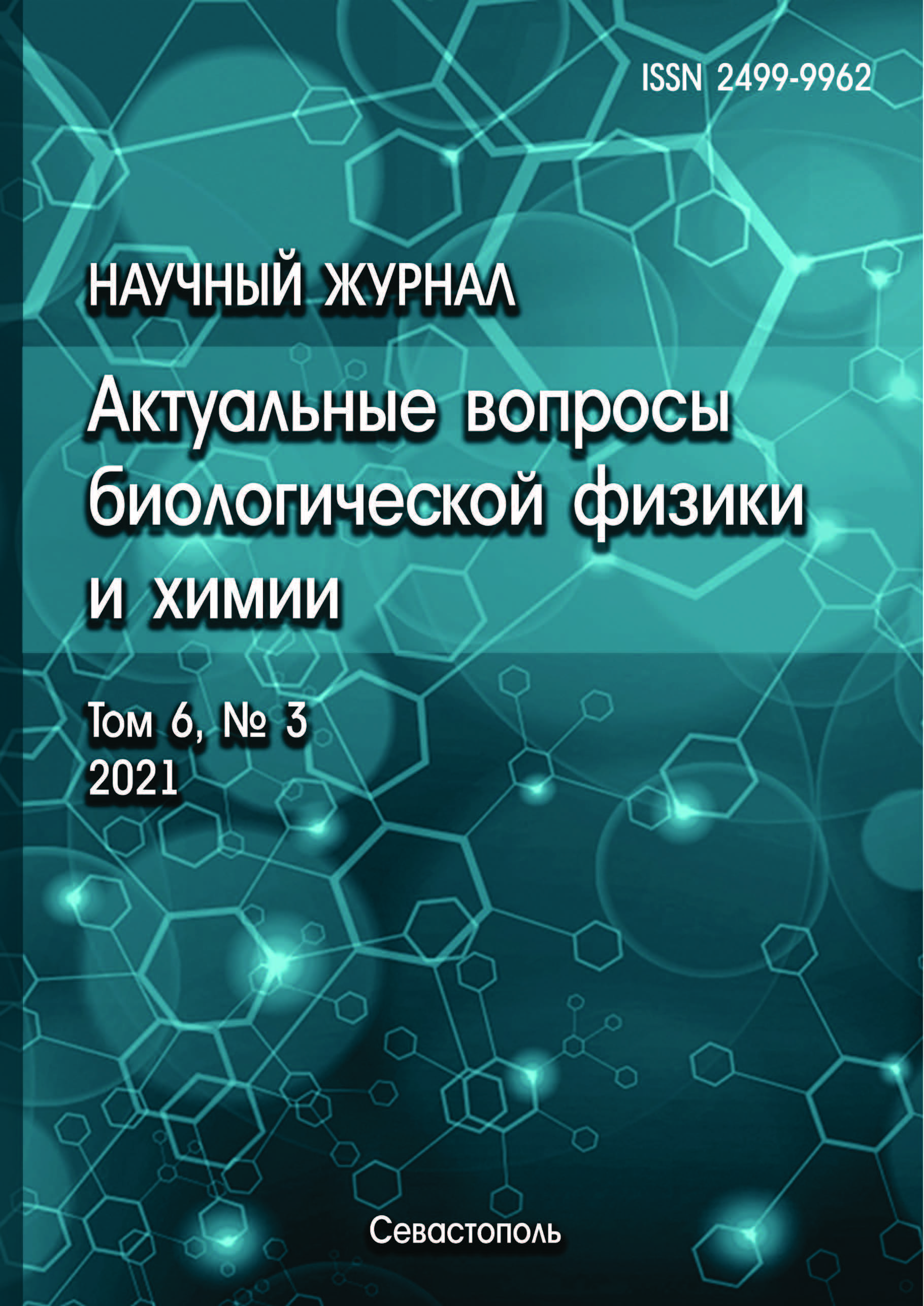The paper presents the results of studies of the complexation of tricarbocyanine dyes with blood plasma proteins using polyacrylamide gel electrophoresis. The main absorption band of the dyes under study is located in the near-IR region, which complicates their visual detection on an electrophoregram. In this regard, the detection of localization of dyes was carried out by their fluorescence using a laser fluorescence spectrometer. For scanning gels with a coordinate binding, a device was used, which consisted of a platform movable by micrometric screws, on which the spectrometer fiber holder was fixed perpendicular to the measurement plane. Scanning of the gels was performed until the stage of staining and visualization of proteins, at which irreversible destruction of tricarbocyanine dyes was detected. The coordinates were fixed relative to the boundaries of the gels, which made it possible to combine the distribution of proteins and indotricarbocyanine dyes on the electrophoregram. Proteins in complexes with dyes were identified by their molecular weight. On the example of a study using gel electrophoresis of solutions of human serum and bovine serum albumin stained with tricarbocyanine dyes, the possibility of detecting and identifying complexes of dyes with blood serum proteins has been shown. As a result, it was found that tricarbocyanine dyes with a chlorine-substituted orthophenylene bridge are able to form covalent complexes with albumin and Apolipoprotein A-I, the main structural element of high-density lipoproteins. It has been shown that polyethylene glycols with a molecular weight of 300 Da at the end groups of dyes do not affect this property.
tricarbocyanine dyes, complexation, blood plasma proteins, gel-electrophoresis, laser-induced fluorescence spectroscopy
1. Lugovski A.A., Samtsov M.P., Kaplevsky K.N. et al. Novel indotricarbocyanine dyes covalently bonded to polyethylene glycol for theranostics. Journal of Photochemistry and Photobiology A: Chemistry, 2016, vol. 316, pp. 31-36. DOI: https://doi.org/10.1016/j.jphotochem.2015.10.008; EDN: https://elibrary.ru/VGHETH
2. Bel'ko N.V., Hludeev I.I., Zorin V.P. i dr. Vliyanie kompleksoobrazovaniya s belkami plazmy krovi na spektral'nye harakteristiki trikarbocianinovyh krasiteley. Vesci BDPU. Seryya 3. Fіzіka. Matematyka. Іnfarmatyka. Bіyalogіya. Geagrafіya, 2018, t. 1, s. 14-20. @@Belko N.V., Khludeev I.I., Zorin V.P. et al. Effect of complexation with blood plasma proteins on the spectral characteristics of tricarbocyanine dyes. Vesci BDPU. Gray 3. Physics. Matemataka. Іnfarmatika. Bialogia. Geography, 2018, vol. 1, pp. 14-20. (In Russ.)
3. Hames B.D. Gel electrophoresis of proteins: a practical approach. Oxford, OUP, 1998, vol. 197.
4. Hamada A., Sharma R., Du Plessis S.S. et al. Two-dimensional differential in-gel electrophoresis-based proteomics of male gametes in relation to oxidative stress. Fertility and sterility, 2013, vol. 99, no. 5, pp. 1216-1226. DOI: https://doi.org/10.1016/j.fertnstert.2012.11.046; EDN: https://elibrary.ru/RJKULR
5. Tillement J.P., Houin G., Zini R. et al. The binding of drugs to blood plasma macromolecules: Recent advances and therapeutic significance. Adv. Drug Res., 1984, vol. 13, pp. 59-94.
6. Quinlan G.J, Martin G.S., Evans T.W. Albumin: biochemical properties and therapeutic potential. Hepatology, 2005, vol. 41, no. 6, pp. 1211-1219. DOI: https://doi.org/10.1002/hep.20720; EDN: https://elibrary.ru/METHCP
7. Ermalickiy F.A., Rad'ko A.E., Kaplevskiy K.N. i dr. Spektrometricheskiy kompleks dlya fotohimioterapii s moschnym svetodiodom. Lazernaya i optiko-elektronnaya tehnika, 2008, s. 254-263. @@Ermalitsky F.A., Radko A.E., Kaplevsky K.N. et al. Spectrometric complex for photochemotherapy with a powerful light-emitting diode. Laser and optoelectronic engineering, 2008, pp. 254-263. (In Russ.)
8. Bel'ko N.V., Samcov M.P., Lugovskiy A.P. Upravlenie N*- i J-agregaciey indotrikarbocianinovogo krasitelya v vodnyh rastvorah neorganicheskih soley. Zhurnal Belorusskogo gosudarstvennogo universiteta. Fizika, 2020, vol. 2, pp. 19-27. @@Belko N.V., Samtsov M.P., Lugovsky A.P. Control of N * - and J-aggregation of indotricarbocyanine dye in aqueous solutions of inorganic salts. Journal of the Belarusian State University. Physics, 2020, vol. 2, pp. 19-27. (In Russ.) DOI: https://doi.org/10.33581/2520-2243-2020-2-19-27; EDN: https://elibrary.ru/RQKMUQ
9. Tarasov D.S., Kaplevskiy K.N., Samcov M.P. i dr. Analiz spektral'nyh svoystv mnogokomponentnyh rastvorov novogo indotrikarbocianinovogo krasitelya. Vestnik BGU, 2015, cer. 1, № 2, s. 8-12. @@Tarasov D.S., Kaplevsky K.N., Samtsov M.P. and other Analysis of the spectral properties of multicomponent solutions of a new indotricarbocyanine dye. Bulletin of BSU, 2015, vol. 1, no. 2, pp. 8-12. (In Russ.)
10. Kuz'min V.A., Durandin N.A., Lisicyna E.S. i dr. Spektral'no-kineticheskie harakteristiki kompleksoobrazovaniya mezhdu indotrikarbocianinom i al'buminom. Dokl. RAN, 2015, t. 462, № 2, s. 182-184. @@Kuzmin V.A., Durandin N.A., Lisitsyna E.S. et al. Spectral and kinetic characteristics of complexation between indotricarbocyanine and albumin. Dokl. RAS, 2015, vol. 462, no. 2, pp. 182-184. (In Russ.)
11. Awasthi K., Nishimura G. Modification of near-infrared cyanine dyes by serum albumin protein. Photochemical & Photobiological Sciences, 2011, vol. 10, no. 4, pp. 461-463.
12. Usama S.M., Lin C-M., Burgess K. On the Mechanisms of Uptake of Tumor-Seeking Cyanine Dyes. Bioconjugate Chem., 2018, vol. 29, no. 11, pp. 3886-3895.
13. van der Vorst E.P.C. High-density Lipoproteins and Apolipoprotein A1. Vertebrate and Invertebrate Respiratory Proteins, Lipoproteins and other Body Fluid Proteins. Springer, Cham., 2020, vol. 94, pp. 399-420.
14. Cameron S.J., Morrell C.N., Bao C. A novel anti-inflammatory effect for high density lipoprotein. PLoS One, 2015, vol. 10, no. 12, e0144372.
15. Kim J.Y., Kim S.M., Kim S.J. et al. Consumption of policosanol enhances HDL functionality via CETP inhibition and reduces blood pressure and visceral fat in young and middle-aged subjects.International journal of molecular medicine, 2017, vol. 39, no. 4, pp. 889-899.










